



The Ministry of Jal Shakti launches SSG 2025, India’s largest rural sanitation survey, assessing 21,000 villages. It evaluates cleanliness, infrastructure functionality, and citizen feedback under SBM-G Phase II’s ODF Plus Model. Using geo-fencing and a mobile app, it ranks districts, promoting sustainable hygiene and waste management across rural India.

Copyright infringement not intended
Picture Courtesy: PIB
It is India’s largest rural sanitation survey, launched on May 29, 2025, in Delhi by the Department of Drinking Water and Sanitation (DDWS) under the Ministry of Jal Shakti.
It aims to check and rank the cleanliness and sanitation levels in 21,000 villages across 761 districts in 34 states and Union Territories (UTs).
The survey builds on the Swachh Bharat Mission-Gramin (SBM-G) Phase II, focusing on sustaining the Open Defecation Free (ODF) Plus Model. This model ensures villages not only stop open defecation but also manage waste effectively and maintain hygiene.
SSG 2025 evaluates rural sanitation through four key areas:
These areas combine to create a composite score, ranking states, UTs, and districts on sanitation performance. To ensure accurate data, the survey uses geo-fencing and a mobile app for feedback.
|
The ODF Plus Model is a key part of SBM-G Phase II. It goes beyond stopping open defecation (ODF) by ensuring villages manage solid and liquid waste, maintain toilets, and keep public spaces clean. For example, it checks if households and schools have functional toilets, and if villages have minimal litter and stagnant water. SSG 2025 verifies if villages sustain these standards, making cleanliness a lasting reality. |
Must Read Articles:
Source:
|
PRACTICE QUESTION Q. Analyze the interlinkages between sanitation, public health, and economic productivity. Can improving sanitation be considered a catalyst for national growth? 150 words |

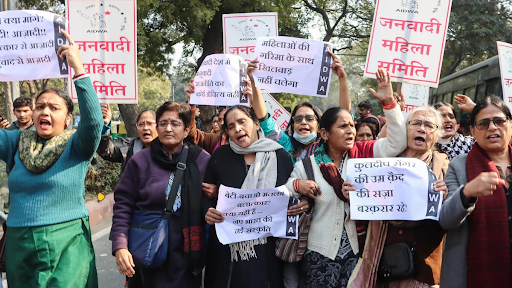
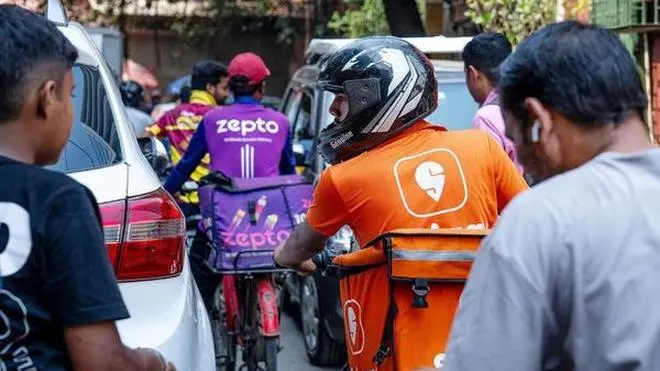
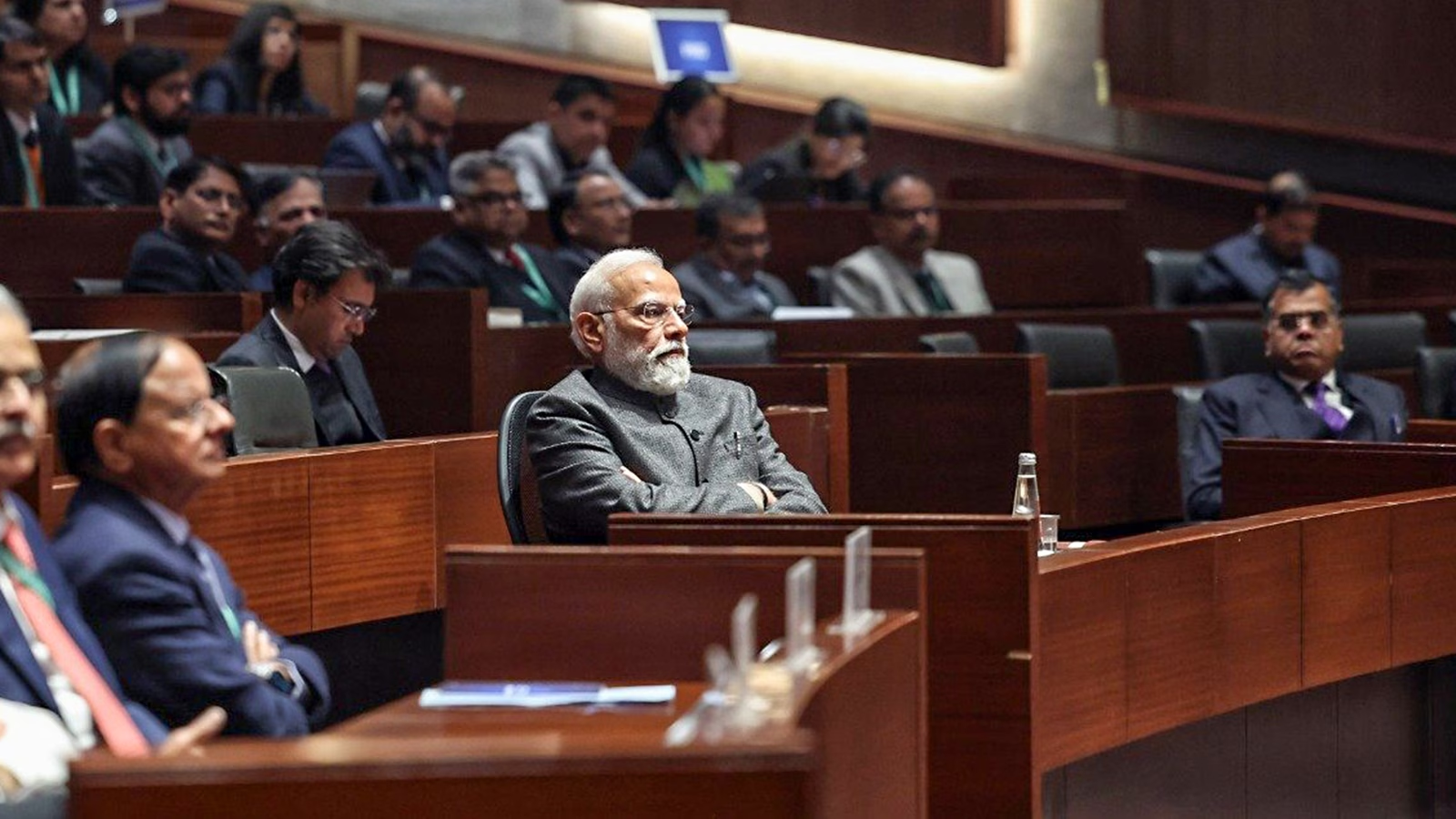
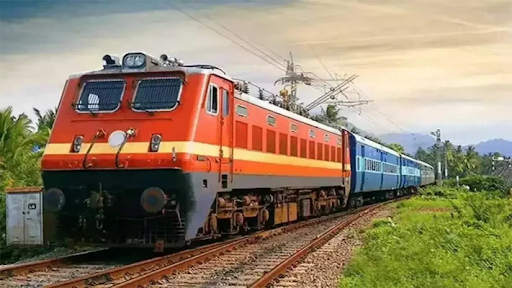
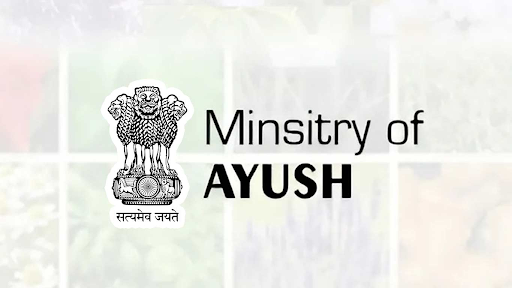

© 2026 iasgyan. All right reserved